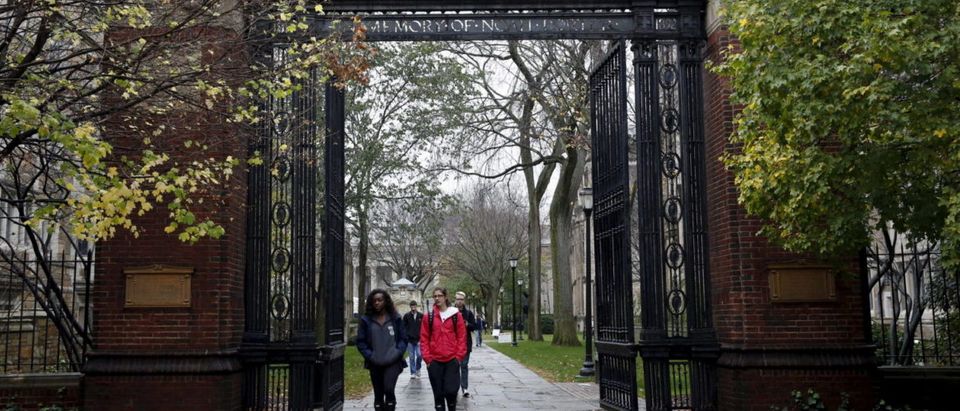The United States of America has grown dangerously polarized. According to 2016 Pew research data, more than 55% of Democrats say the Republican Party scares them, while 49% of Republicans say the same of them. More than 4 in 10 Democrats and Republicans say the other party’s policies are so misguided that they pose a threat to the nation.
If polarization is a problem nationally, it is worse on college campuses. Research conducted by political scientist Sam Abrams, a professor at my alma mater, has found on campus bias alarming. In the Northeast, for instance, the ratio of liberal to conservative professors is 28:1. According to Pew Research Data, 58% of Republicans and Republican leaning independents say colleges and universities have a negative effect on the way things are going in the country, while 75% of Democrats see colleges as having a positive effect on the country.
Universities are leading America’s precipitous trend of polarization, and in the process, losing their standing.
Some are already suffering. For instance, at University of Missouri-Columbia, enrollment has fallen more than 35 percent in two years, a decline the administration now acknowledges is due to its infamous 2015 student-lead hunger strike.
For higher education, this is no longer a question of right or wrong, but a question of how to remain relevant as the Red and Blue halves of our country struggle to find overlap.
The margin of permissible belief on college campuses has become so narrow that speakers from the entire political spectrum spanning Bill Maher, Christina Hoff Sommers, Ben Shapiro and Charles Murray have all faced major barriers to speaking. At the University of Chicago, even Anita Alvarez, the first Hispanic woman to be elected state attorney for Cook County, Illinois and Bassem Eid, a Palestinian human rights activist were both shut down while addressing the student body.
However, this polarization has produced a unique opportunity to bridge the gap between conservatives and liberals in the United States. Colleges are capable of doing what the media has failed to: force ideological opposites to interact. By their design, universities draw applicants from all different parts of the country into one designated space where they are exposed to unfamiliar ideas.
It is time for professors to step up and help bridge this divide. Professors, here’s an idea. To do your part in reducing this toxic polarization, give students an education in both liberal and conservative thought.
Consider this approach. If teachers Karl Marx, they might add Adam Smith. If they assign George Bernard Shaw, they might consider his conservative contemporary, G. K. Chesterton. Thomas Paine would pair as well with Edmund Burke as Ta-Nehisi Coates does with JD Vance. These thinkers, all brilliant and flawed, are embedded in our heritage and deserve equal critical examination.
In my own experience, I found enormous utility in exploring different viewpoints.
Frustrated by the shortage of diverse viewpoints at my small, progressive liberal arts college, I spent at a summer at the Hoover institution where I underwent a crash-course in Republican intellectual history. This exposure to thinkers spanning Milton Friedman to Thomas Sowell allowed me to finally see the world through conservative eyes and therefore, to navigate political discussions with people of differing views.
Now that I have graduated, I see this experience as an indispensable part of my education, one that would have equipped many of my peers to better understand our fraught political landscape.
To the dismay of Republicans and Democrats, both liberals and conservatives are here to stay. Neither commitment to a particular news outlet nor repeated viewership of a single pundit will inoculate Americans to the existence of opposing views. If anything, confirmation bias will blind them to the mood of their own country and lead to further vilification of their ideological adversaries.
Universities have always been home to the exploration of new ideas. In uncertain times, universities, equipped with inordinate resources and our most incisive minds, could not be better equipped to close our partisan gap. All this requires is that students be guided to do what they have always: pick up an unfamiliar book and endeavor to read its pages.


